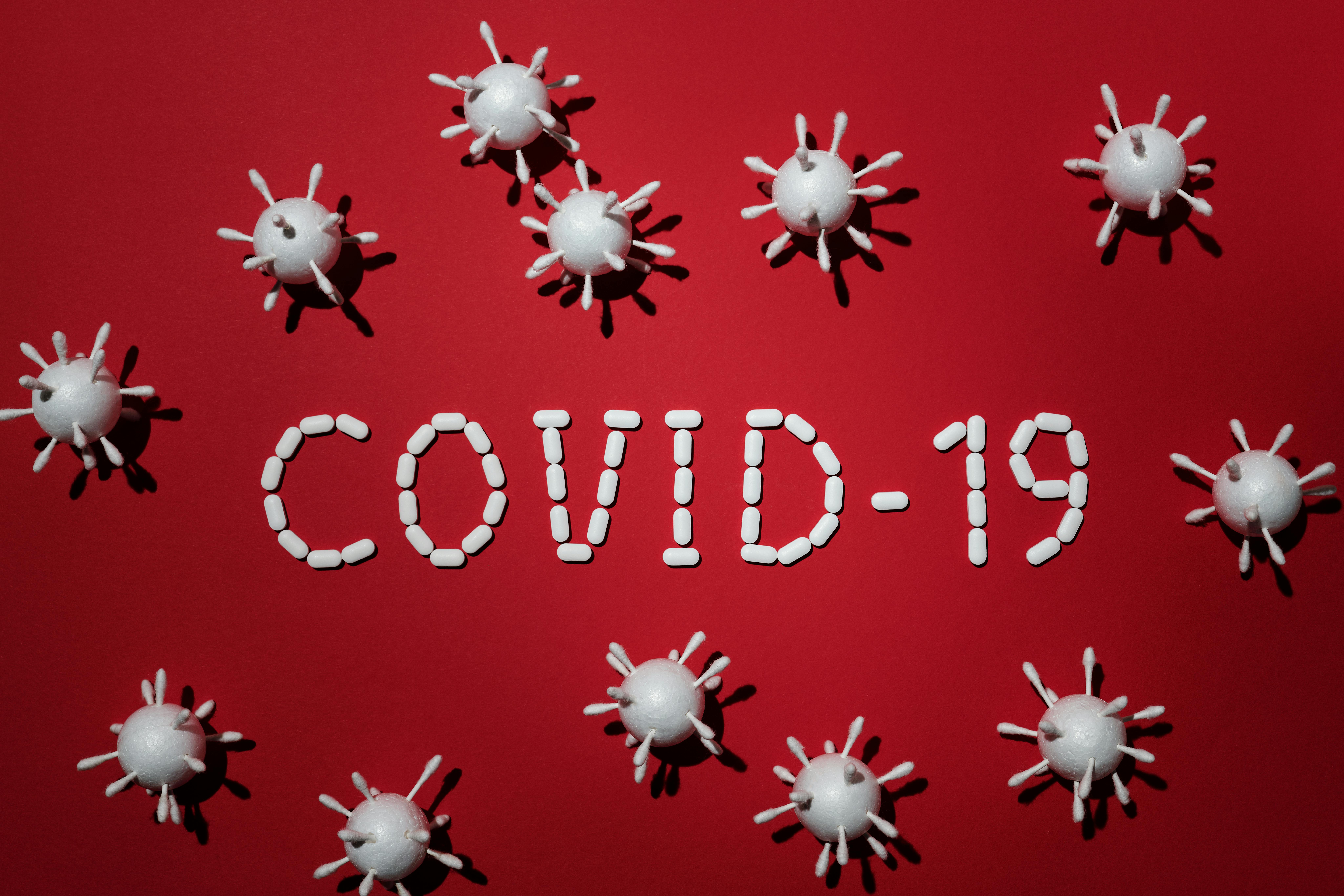You’ve probably heard the old joke in which it’s dark outside and a man is looking for something under a lit streetlight. A woman strolls by and asks, ”Did you lose something?” The man tells her he lost a valuable coin in the alley. Confused, she asks, “Why are you looking for it here?” To which he replies, “The light is better here.” There’s a somewhat similar problem with anti-cancer drugs, which often don’t reach the tumor they are meant to treat. No matter the drug, or the dose, or the duration, if the drug doesn’t reach the tumor, you’re never going to find a cure in normal tissue.
There is much research in progress, seeking efficient ways to get the anti-cancer drugs to the tumors. One method is the use of modified bacteria to facilitate delivery through the bloodstream to the tumors. The secret to this maneuvering? Magnets.
Led by Simone Schürle, Professor of Responsive Biomedical Systems at ETH University, Zurich, researchers are experimenting with bacteria that contain iron oxide particles, making them naturally magnetic. These bacteria of the genus Magnetospirillum respond to magnetic fields and can be controlled by external magnets.
Schürle’s and her team showed that a rotating magnetic field at a tumor site enhances the bacteria’s ability to cross the wall of the blood vessels near the tumor. The rotating magnetic field propels the bacteria forward.
“We make use of the bacteria’s natural and autonomous locomotion as well,” Schürle explains in a statement. “Once the bacteria have passed through the blood vessel wall and are in the tumor, they can independently migrate deep into its interior.”
In the future, similar bacteria could be used to deliver anti-cancer drugs to tumors.
There is another way that bacteria can help fight cancer – the innate tendency of some species of bacteria to stimulate certain cells of the immune system, which then eliminate the tumor.
Although it is known that the characteristics of some bacteria may be useful in cancer therapy, how to get the bacteria to the tumor efficiently is still being investigated. It is possible to inject the bacteria directly into tumors near the surface of the body, but deeper tumors are not as accessible.
According to Schürle, “We believe we can use our engineering approach to enhance the efficacy of bacterial cancer therapy.
There is interest in using E. coli in cancer studies, but it is not magnetic and thus cannot be propelled and controlled by a magnetic field. In general, magnetic responsiveness is a very rare phenomenon among bacteria. Schürle is studying ways to make E. coli bacteria magnetic. Methods now in development could one day make it possible to use magnetic fields to manipulate therapeutic bacteria that have no natural magnetism.
The study is published in the journal Science Robotics.












